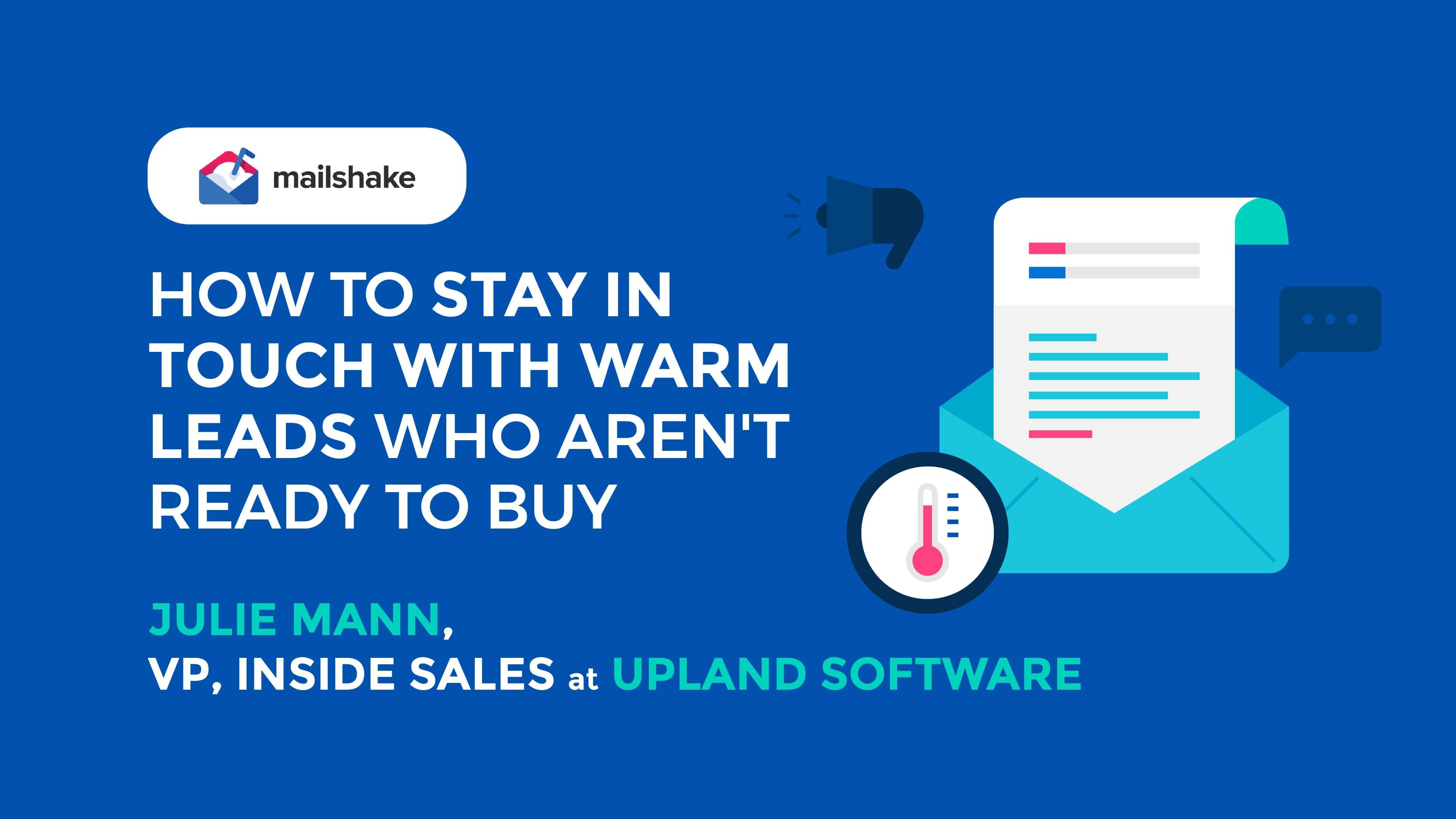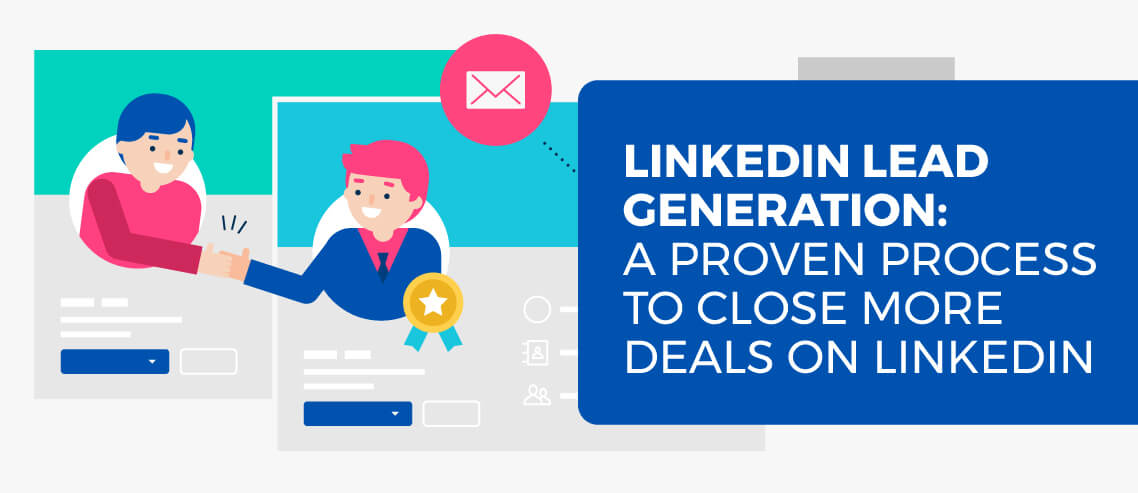Networking Email Templates to Turbocharge Your Personal Network
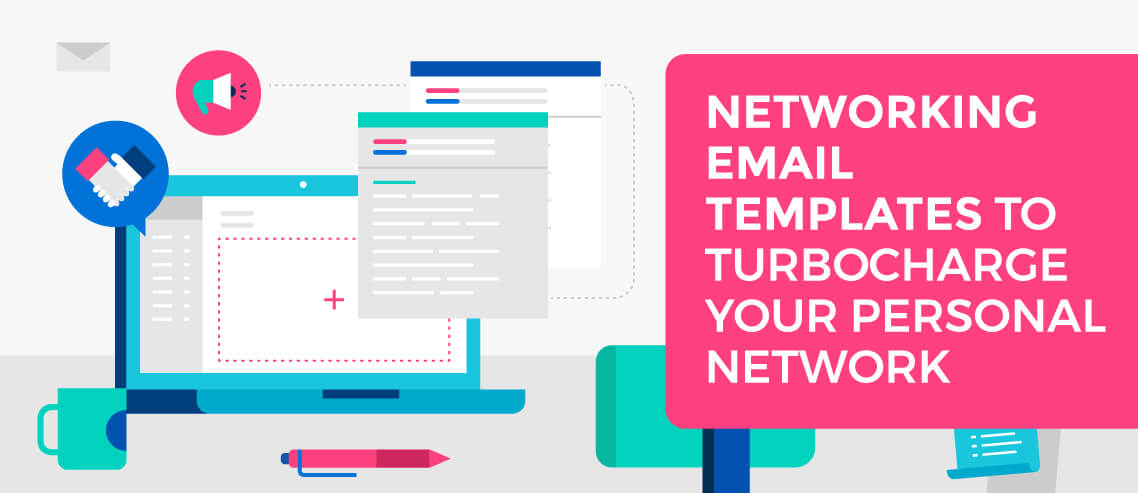
Contents
“People buy from people.”
It’s one of the biggest cliches in sales. But it’s also one of the most accurate.
If you’re able to build a solid relationship with a prospect, your chances of nurturing them through the sales cycle – and eventually turning them into a paying customer – are substantially increased.
But don’t just take my word for it. There’s plenty of evidence that taking the time to develop relationships is the best way to sell.
Four in five business buyers say it’s either “very important” or “absolutely critical” that they interact with salespeople who are able to serve as trusted advisors, rather than just sales reps. They want to deal with sales teams that add real value to their business, and they expect reps to learn, understand and anticipate their needs.
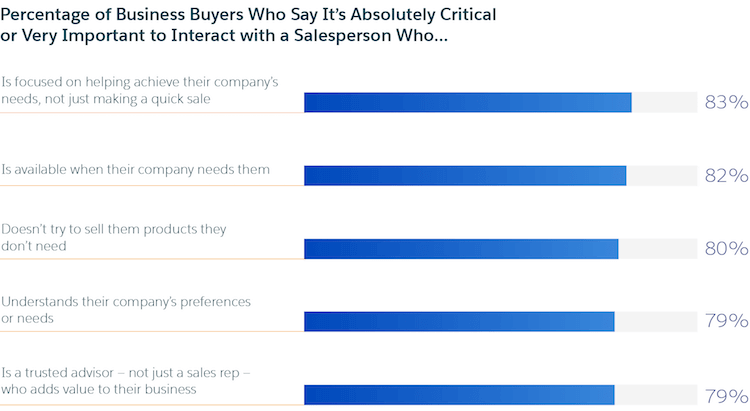
In other words, prospects want to get to know reps – and understand their expertise – before they’re prepared to commit. So why not kickstart the relationship-building process with some solid networking?
What Is Networking & Why Is It So Important?
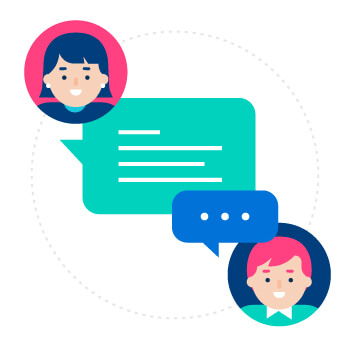
Get a bunch of businesspeople into a room, and they’ll start to forge connections.
They’ll talk about the challenges they face on a day-to-day basis, and the biggest successes they’ve enjoyed.
Maybe they’ll even discuss their long-term goals and how they got started.
That’s networking.
It doesn’t matter what industry you’re in; as a salesperson, if you can secure yourself a place at the table and get involved in those sorts of conversations, you’ve got a fantastic opportunity to demonstrate your expertise and lay the groundwork for profitable and long-lasting relationships. That’s because you’re not overtly trying to sell anything – you’re having genuine business conversations.
Network effectively, in this way, and you’ll reap the benefits. You’ll find more prospects, move them down the sales funnel faster, and get better referrals off the back of your deals.
How to Make Your Networking Pay: The 24/7/30 System
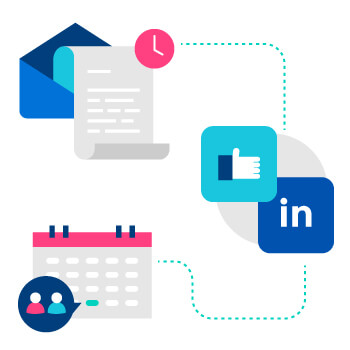
By this point, it should be clear that networking can be an extremely valuable activity. But as with any sales activity, it only works if you do it effectively.
So what does effective networking actually look like? How should you leverage your newfound networking relationships? What process should you follow?
Dr Ivan Misner – known by CNN as the “father of modern networking” – has the answer. He’s famous for having developed the 24/7/30 system, which provides a framework for following up with new contacts you’ve met through networking:
- 24: Within 24 hours of meeting your new contacts, get in touch with them. Misner recommends a handwritten note, but an email will suffice.
- 7: Within seven days, reach out to them via social media. Don’t try to sell to them – just attempt to strike up a conversation.
- 30: Aim to set up a face-to-face meeting – ideally in person, but if not via videoconferencing – within a month. Again, don’t overtly try to sell to them. Instead, try to find out if you can help them with anything.
5 Email Templates to Turbocharge Your Personal Network
Having done the hard work with your networking prospects – making a great first impression, adding real value, and getting them to hand over their contact details – it’s essential that you keep up the momentum with effective follow-up emails.
With that in mind, here are five templates you can use as inspiration for your own networking follow-ups:
1. Asking for Advice
Obviously, there needs to be a reason for you to follow up. There’s little value in emailing a new contact just to say “hi.” Your ultimate reason for reaching out might be to eventually sell them something – but your initial email absolutely isn’t the right time to start trying to close the deal.
So what should you be talking about? What’s your opener?
One excellent technique that I’ve used a lot of in the past is to simply ask their advice. Chances are you were having a business conversation when you originally met, so why not carry it on via email?
This template is a really effective way to ask for your prospect’s insight on a business topic:
Hi {{name}},
This is {{your name}}, we met at {{event name}} yesterday morning / afternoon / evening.
We were talking about {{remind them what you were discussing}}, so I know you have a lot of insight when it comes to {{subject}}.
My team / a colleague / another prospect has been struggling with {{something related to that subject}}, and I’d love to get your advice on it.
Let me know if you’re free over the next couple weeks for coffee. I’d really appreciate the chance to ask a couple more questions.
Thanks again,
{{name}}
2. Following Up with Someone You Met Briefly
However charming, funny and intelligent you may be, not all of your prospects will instantly recall meeting you. After all, you might only have chatted for a minute or two; you might even have been part of a larger group. Maybe they didn’t even catch your name.
So how do you reintroduce yourself to someone you only met briefly at a networking event? Stick to the following format if you don’t want to sound like a potential stalker:
Hi {{Name}},
It was great to meet you at {{event name, location}} yesterday.
We only spoke briefly, but I enjoyed our chat about {{topic}}. It’s an area I’m really interested in, and it’s always really valuable to get another perspective.
I stumbled across this article about {{relevant topic}} this morning and thought you’d probably find it a good read, too. I particularly enjoyed the part about {{pick out a particularly interesting / relevant part of the article}} and I’d love to know what you think about it: {{include URL here}}
Again, I’m glad we got to meet, and I’m looking forward to keeping in touch. Don’t hesitate to drop me a line if you want to get together and talk some more about {{topic}}.
Thanks again,
{{Name}}
3. Connecting with a Friend of a Friend
Mutual connections can be some of your most valuable prospects. It’s no coincidence that 47% of top salespeople ask their network for referrals, compared to just 26% of non-top performers.
You might have been introduced to a friend of a friend at a networking event. If that’s the case, feel free to use one of the other templates in this article. But if you’ve been given someone’s details by a mutual acquaintance who you met at the event – in other words, you’re looking to reach out to someone who you have never actually met – here’s how to proceed:
Hi {{Name}},
My name is {{your name}}, and I met {{mutual connection}} at {{event name / location}} yesterday.
We got to talking about {{topic of discussion}} and they mentioned your name. Sounds like you’re someone who’s had a lot of experience with {{area of expertise}}, and I’d love to tap into some of that knowledge!
Looking forward to connecting,
All the best,
{{Name}}
4. Assuming They’re Busy
You won’t win yourself many friends by assuming that everyone has plenty of time to speak to you and help you out.
Conversely, if you start from a point of assuming that your prospect is busy, they’ll likely appreciate it and be more open to fitting you into their tight schedule. This follow-up email is all about keeping things brief and actionable:
Dear {{Name}},
My name is {{your name}}, and we met yesterday at {{event name, location}}.
I’m reaching out because we were talking about {{subject matter}}, and I’d love to learn more about {{two or three things you’d like to learn from them}}.
I know you’re super busy, but if you could spare 10-15 minutes on the phone on {{date}} I’d really appreciate it.
Thanks so much,
{{Name}}
5. Booking a Face-To-Face Meeting
Of course, securing a face-to-face meeting is the ultimate goal of any networking follow-up. After all, face-to-face requests are a staggering 34 times more likely to be successful than those made via email. If you can get in front of your prospect, there’s a much better chance that you’ll come away with a positive result (whether or not it’s a sale).
But as with every part of the networking follow-up process, you need to have a reason for requesting a meeting. And if that reason is “to sell you something,” don’t expect to see much of a response.
If you’re following the 24/7/30 process, you should already be connected on social media by the point you’re ready to book an in-person meeting. Try this follow-up:
Hi {{name}},
It’s been great chatting over the past month about {{subject area}}. I took your advice on {{topic that they offered advice on}} and did {{an action recommended by your prospect}}, and the results have been unreal! (Give a little more detail here if you can).
I’m not sure if there are any opportunities for us to work together right now, but I’d love to see if there’s anything I can do to help you out with {{prospect’s pain point}}.
Can we put a 30-minute meeting on the calendar for sometime in the next few days?
All the best,
{{Name}}



